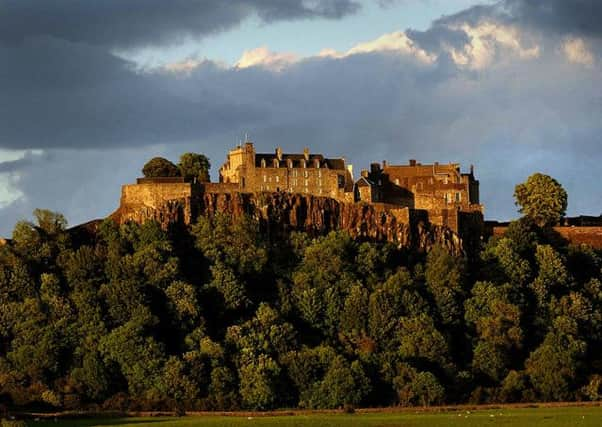Scots fact of the week: Birdman of Stirling Castle


However, former Batman Keaton was not the first entertainer to wear the moniker.
Scotland, and 16th century Stirling in particular, had its very own Icarus style ‘Birdman’.
CONNECT WITH THE SCOTSMAN
Advertisement
Hide Ad• Subscribe to our daily newsletter (requires registration) and get the latest news, sport and business headlines delivered to your inbox every morning
In 1507, there was a genuine wave of excitement as
a small crowd, including King James IV and his court, gathered outside Stirling Castle.
They were here to witness the ‘Birdman of Stirling Castle’, Father John Damian, attempt to ‘fly’ from the battlements.
Damian then appeared upon the castle walls, flourishing ‘wings’ made of feathers, before proceeding to throw himself skyward. The crowd gasped as he plummeted to the ground, uncertain whether to mourn his demise or marvel at his daftness.
Luckily, the ‘Birdman’ did not die and only managed to break his thigh bone.
When asked how he had failed, Damian promptly blamed the feathers he had used for his wings (wings apparently based upon Leonardo Da Vinci’s designs); he had use hens’ feathers instead of the recommended eagle feathers, and exclaimed that he had realised too late that chickens are creatures who ‘covet the middens and not the sky’. This event delighted poet William Dunbar, who was reported to be jealous of Damian’s position.
Advertisement
Hide AdDunbar went on to write several satires mocking the so-called ‘Birdman’, the first of which refers to an abbot resembling a horrific griffin, who takes to the air and mates with a female dragon, creating the Antichrist in the process.
‘He sall ascend as ane horrebble grephoun,
Him meit sall in the air ane scho dragoun;
Thir terrible monsteris sall togidder thrist
And in the cludis get the Antechrist.’
Writer John Lesley provided a more favourable account of Damian’s life in Scotland. Lesley mentioned the alchemy, and describes how the failure to successfully create gold had begun to make Damian unpopular. Lesley reports that to counter this the abbot announced he would fly to France from Stirling Castle. The King must have been impressed by the attempt for the Italian’s fortunes were reversed and he as given the prize of becoming Abbot of Tongland abbey in 1509.
Advertisement
Hide AdFather John Damian was reported to be an Italian alchemist and charlatan and was noted to have gone by the name the ‘French Leach’ He first appears in the records of the Scottish exchequer in January 1501.
Though his attempts to fly were mocked at the time, architectural historian Professor Charles McKean has actually cast new light on the subject and argues that Damian’s flight might have been more successful than originally thought. He believes that the Abbot may even have flew up to half a mile or more. It certainly gives new meaning to the term flying Scotsman.
Whatever the truth, it’s clear that the Italian alchemist, charlatan, entertainer, quack, abbot and courtier certainly left his mark.
SEE ALSO:
SCOTSMAN TABLET AND IPHONE APPS